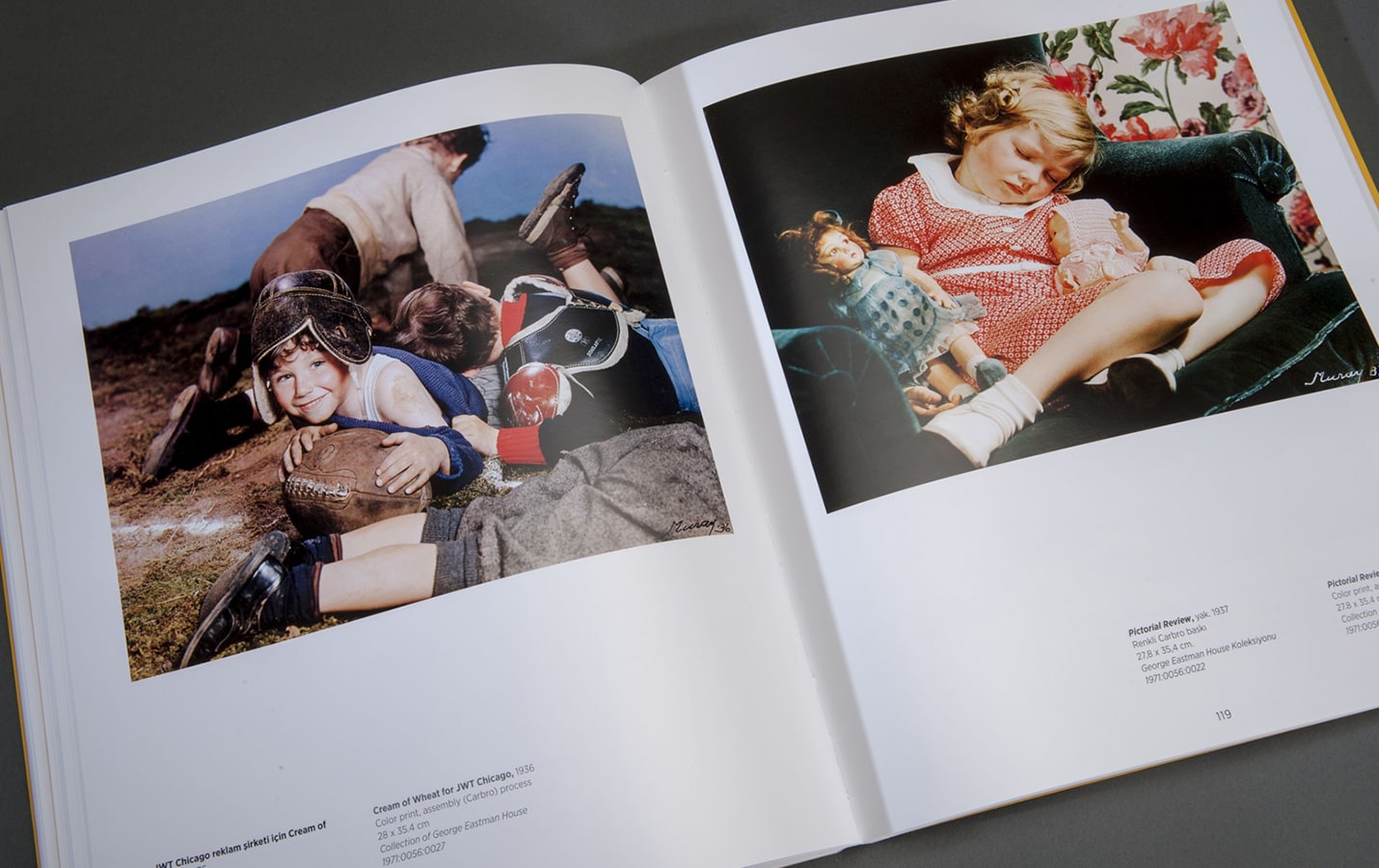January 25 - April 21, 2013
Renowned as the most successful portrait and fashion photographer of New York in the 1920s, American-Hungarian photographer Nickolas Muray (1892-1965) revolutionized photography with his use of natural color photography in advertising in the 1930s. For the first time ever, Muray’s photographs was at Pera Museum.
Curated by Salomon Grimberg, the exhibition brought together Nickolas Muray’s photographs in a retrospective. Garnered from George Eastman House, the famous photography archive in the US, the Nickolas Muray Archive, which is under the direction of the Muray family, and various private collections, this selection summarized Muray’s career, covering nearly 50 years.
Besides Muray’s black-and-whites, the exhibition presented some of the color photographs that made him famous in Hollywood circles and the American advertising industry.
Muray has photographed many famous actors, dancers, artists, and writers, from Greta Garbo to Marilyn Monroe, from Elizabeth Taylor to Martha Graham; he is also known for the first color photographs he took for famous brands such as Lucky Strike, Coca Cola, and General Foods. Published regularly in some of the most prominent magazines of his time like The New York Times, Vanity Fair, Vogue, Harper’s Bazaar, Dance, Shadowland, and Theater, these photographs are accompanied by the artist’s portraits of Frida Kahlo, his great love.
Exhibition Catalogue

Renowned as the most successful portrait and fashion photographer of New York in the 1920s, American - Hungarian photographer Nickolas Muray (1892-1965) revolutionized photography with his use of...
Video

The exhibition “Look At Me! Portraits and Other Fictions from the ”la Caixa” Contemporary Art Collection” examined portraiture, one of the oldest artistic genres, through a significant number of works of our times. Paintings, photographs, sculptures and videos shaped a labyrinth of gazes that invite spectators to reflect themselves in the social mirror of portraits.

Istanbul’s Seaside Leisure: Nostalgia from Sea Baths to Beaches exhibition brought together photographs, magazines, comics, objects, and books from various private and institutional collections, and told a nostalgic story while also addressing the change and socialization of the norms of how Istanbulites used their free time. Istanbul’s Seaside Leisure was a documentary testament of the radical transformations in the Republic’s lifestyle.
Tuesday - Saturday 10:00 - 19:00
Friday 10:00 - 22:00
Sunday 12:00 - 18:00
The museum is closed on Mondays.
On Wednesdays, the students can
visit the museum free of admission.
Full ticket: 300 TL
Discounted: 150 TL
Groups: 200 TL (minimum 10 people)